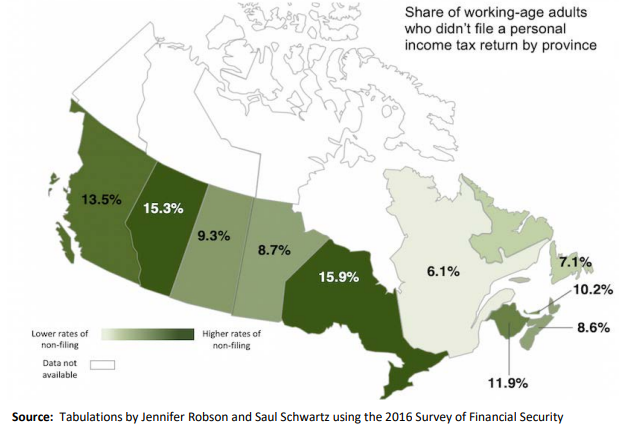
Alberta dentists are caught in “limbo” as confusion persists over how the federal Canadian Dental Care Plan (CDCP) is overlapping with the province’s existing coverage and when Ottawa’s program will end for Albertans.
“Without a time frame, our dentists are in limbo with respect to knowing how to encourage patients, which plan to utilize. Should we utilize the CDCP? Should we utilize the provincial low-income health benefits? Should we utilize both?” said Dr. Hans Herchen, president of the Alberta Dental Association (ADA).
“Without that clarity, it becomes more difficult to direct our members,” he said.
Alberta is the only province that has formally signalled its intent to opt out of the CDCP. In 2023, Premier Danielle Smith wrote to then-prime minister Justin Trudeau stating the province would withdraw by 2026.
Smith argued Ottawa’s plan overlapped with Alberta’s existing coverage, creating confusion.
High participation despite uncertainty
So far, the majority of dentists across the country have been signing onto the federal plan. In Alberta, 3,141 dental professionals — including 2,662 dentists and dental specialists — are registered under the CDCP. Based on ADA’s figures from its 2023-24 annual report, that represents roughly 94 per cent of the province’s dentists.
But Herchen said confusion has deepened since Smith’s announcement.
“Few dentists are now accepting the [provincial] plan… It’s hard to find a dentist that accepts the plan,” he said.
The differences between the two programs add to the uncertainty. Alberta’s plan automatically renews coverage and does not require patients to file taxes. By contrast, CDCP applicants must renew annually, and eligibility depends on adjusted family net income. Families earning under $90,000 qualify, but only those below $70,000 avoid co-payments.
“Patients don’t know if they should use their provincial plan … their federal plan … or both,” said Herchen. “They don’t know how much their co-pay might be on the federal plan. It takes a lot of time for dental offices to clarify each situation, patient by patient.”
Related: Half of complex dental claims denied: Health Canada responds to concerns over CDCP
Claims rejections fuelling frustration
Authorization of treatments under the federal plan has also been a flashpoint.
Herchen said about 70 per cent of treatment claims are being rejected — even when pre-authorized.
“There’s extreme confusion when some treatment gets approved with a pre-authorization and is still ultimately rejected,” he said. “It puts both the patient and the dental office in a very awkward situation.”
He added that the administrative time required to explain the rules to patients can consume up to an hour a day in some clinics.
Compassion fatigue and rural patients
The uncertainty is especially acute in rural areas, where access to care is already limited.
“We need the provincial dental plan challenges resolved because a significant number are simply not able to access the care they need, especially in rural Alberta,” Herchen said.
“They often end up in hospital or have to drive several hundred kilometres to find a dentist. Children are left in difficult situations where infection and treatment take longer to address. Some dentists are even providing their services at no charge — and in cases such as general anesthesia or sedation, they are paying for the costs out of pocket. Only because of the goodwill of dentists has this not become a major public issue. But we are experiencing compassion fatigue.”
Related: The CDCP and data: You don’t improve it if you don’t measure it
Tax filing barrier
Eligibility rules are another stumbling block.
Because the CDCP requires applicants to file tax returns, those who have not filed are shut out of the program. That includes some of the most vulnerable Albertans, according to Herchen.
A 2020 University of Calgary School of Public Policy study estimated 10 to 12 per cent of Canadians do not file tax returns, missing out on up to $1.7 billion in benefits in 2015. The incidence of non-filing is higher among lower-income households — the very group Ottawa’s plan is intended to support.
“You cannot join the CDCP unless you have a tax return,” Herchen said.

Province reiterates opt-out
In a statement, Alberta’s Ministry of Primary and Preventive Health Services declined to provide a date for when the province will formally opt out.
Instead, it urged Ottawa to work with provinces to improve existing coverage.
“The Minister of Health has written to the federal government, stating Alberta’s intent to opt out of the Canadian Dental Care Plan and negotiate an agreement for the province’s share of unconditional federal dental funding. Alberta will use this funding to expand coverage for more low-income Albertans,” the statement said.
“Alberta currently provides the most extensive dental coverage in Canada, supporting approximately 500,000 low-income Albertans. We remain committed to strengthening these supports and will have more to share on next steps in the months ahead.”
Related: Will Canada’s federal dental plan close gaps in provincial coverage?
You can also listen to our podcast on the CDCP: